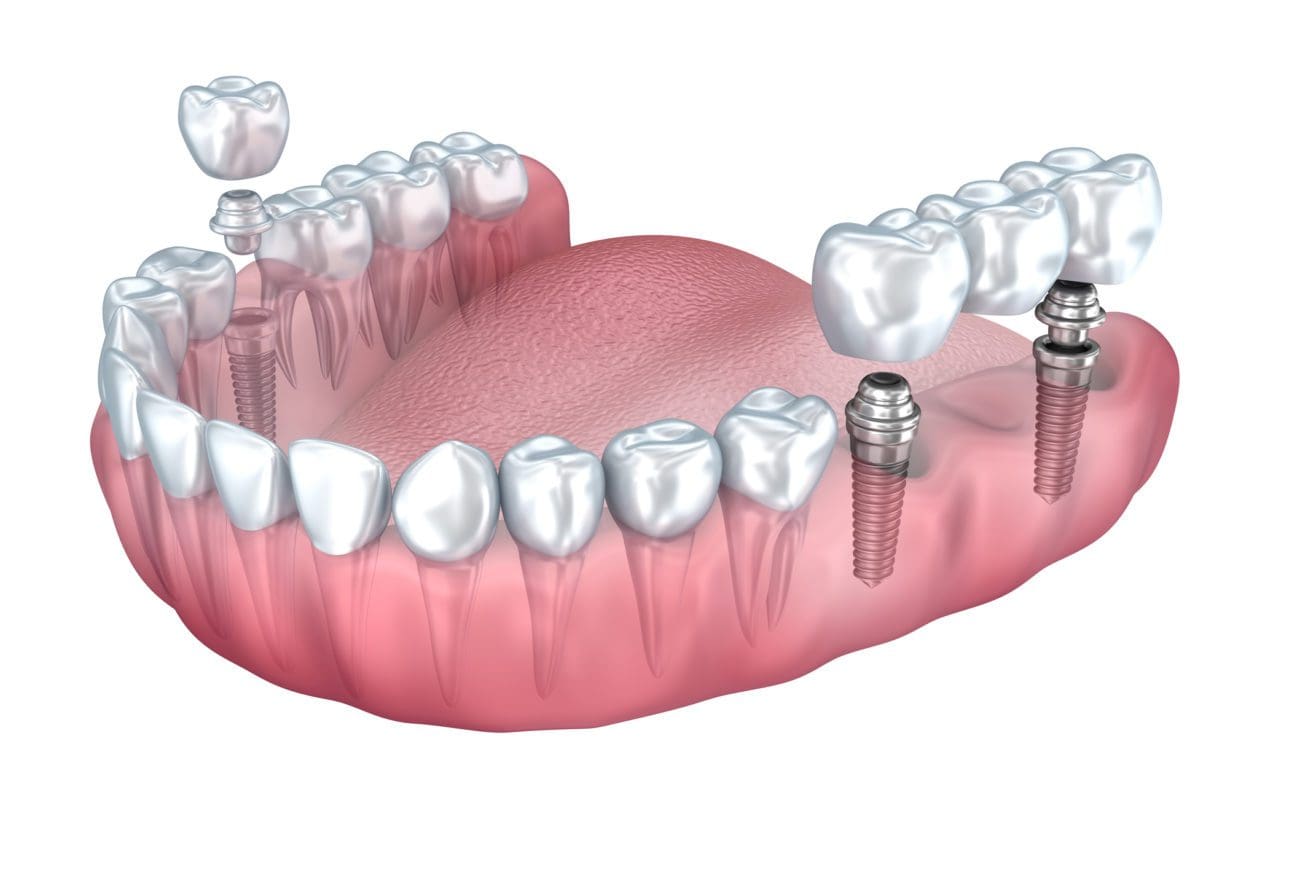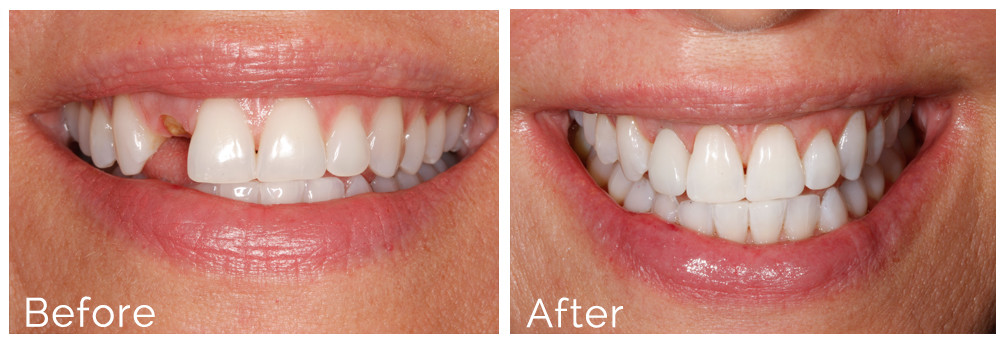Examine This Report about Dental Sense
Examine This Report about Dental Sense
Blog Article
Dental Sense - Questions
Table of ContentsFacts About Dental Sense RevealedThe 30-Second Trick For Dental Sense7 Simple Techniques For Dental SenseGetting My Dental Sense To Work
are medical gadgets surgically implanted right into the jaw to restore a person's capability to eat or their look. They offer support for fabricated (phony) teeth, such as crowns, bridges, or dentures. When a tooth is lost because of injury or illness, an individual can experience issues such as quick bone loss, defective speech, or adjustments to chewing patterns that result in discomfort.Dental implant systems include an oral implant body and oral implant abutment and might also consist of an abutment addiction screw. Dental implants. The dental implant body is surgically put in the jawbone in place of the tooth's origin. The oral implant joint is usually connected to the implant body by the joint addiction screw and expands with periodontals right into the mouth to support the connected man-made teeth
(https://www.openstreetmap.org/user/dentalsense1)Framework of The Dental Implant System selecting dental implants, talk to your oral service provider about the prospective advantages and threats, and whether you are a prospect for the procedure. Points to take into consideration: Your overall wellness is a vital element in establishing whether you are a good candidate for dental implants, for how long it will certainly take to recover, and exactly how long the implant may remain in location.
Cigarette smoking may affect the healing process and decrease the lasting success of the dental implant. The healing procedure for the dental implant body might take several months or longer, during which time you normally have a short-lived joint in location of the tooth. the oral implant treatment: Meticulously comply with the oral hygiene instructions provided to you by your oral company.
The Single Strategy To Use For Dental Sense
Implant failure can lead to the demand for one more surgery to fix or replace the dental implant system. Brings back the capacity to chew Brings back cosmetic look Helps maintain the jawbone from diminishing as a result of bone loss Preserves the wellness of the surrounding bone and periodontals Helps maintain nearby (neighboring) teeth steady Improves lifestyle Damages to surrounding natural teeth during dental implant placement Injury to the surrounding tissues during surgical procedure, such as sinus opening Injury throughout surgery (for instance, crack of surrounding jawbone) Poor feature, such as feeling like the teeth do not bite with each other typically An experience that the tooth is loose or twisting in place resulting from a joint screw loosening Implant body failing (looseness of the dental implant body) as a result of systemic infection, which might be much more most likely in people with unrestrained diabetes because of local infection in bone and gums supporting the dental implant body as a result of postponed healing, which might be most likely in clients who smoke Difficulty cleaning up the gum tissues around the dental implant, leading to poor dental hygiene Without treatment gum disease Post-surgical pins and needles because of nerve impingement or damage Constantly alert healthcare providers and imaging professionals that you have oral implants before any type of magnetic resonance imaging (MRI) or x-ray procedures.
FDA is not familiar with any adverse events reported for MRI or x-ray treatments with dental implants. Oral implants systems are usually made of products that adhere to worldwide agreement criteria of the International Company for Standardization (ISO) or ASTM International. These requirements have information of what makes a safe product.

An oral implant is a framework that changes a missing tooth. With screw-like gadgets, the cosmetic surgeon inserts a dental implant into the jawbone, and it functions as an anchor for a fabricated tooth, called a crown. A gadget called an abutment links the fabricated tooth to the dental implant. The crown is customized to fit the individual's mouth and match the color of their teeth.
Dental Sense Fundamentals Explained
Some individuals are not qualified for oral implant surgery. It is for dental specialists to operate people with: intense illnessuncontrollable metabolic diseasebone or soft tissue condition or infectionIf these problems are solved, an individual can have the surgical procedure. In, oral doctors avoid from operating people with: If individuals with any of the above undertake oral implant surgical treatment, there is a higher danger of the dental implant failing.

Dental implant surgical treatment is an individualized process. Provide you time to recover. Connect the message and final look at this website crown, bridge or denture.
Next, your cosmetic surgeon will thoroughly put the dental implant right into your jaw. Your surgeon will certainly rearrange your gums and shut the laceration with stitches. If your implant is near the front of your mouth, your dental practitioner will make a short-term tooth for you to wear until you heal. In this way, you won't have a gap in your smile while you recuperate.
The Definitive Guide for Dental Sense
During the healing phase, your jawbone should fuse to the oral implant. This process can take anywhere from three to 9 months.
As soon as your dental implant heals, your dental practitioner can affix the joint (tiny adapter post) and your final remediation (crown, bridge or denture). This generally takes regarding one hour to finish and might need a 2nd small surgery. You shouldn't really feel any discomfort during your dental implant procedure since your service provider will certainly use medication to numb your gums.
Report this page